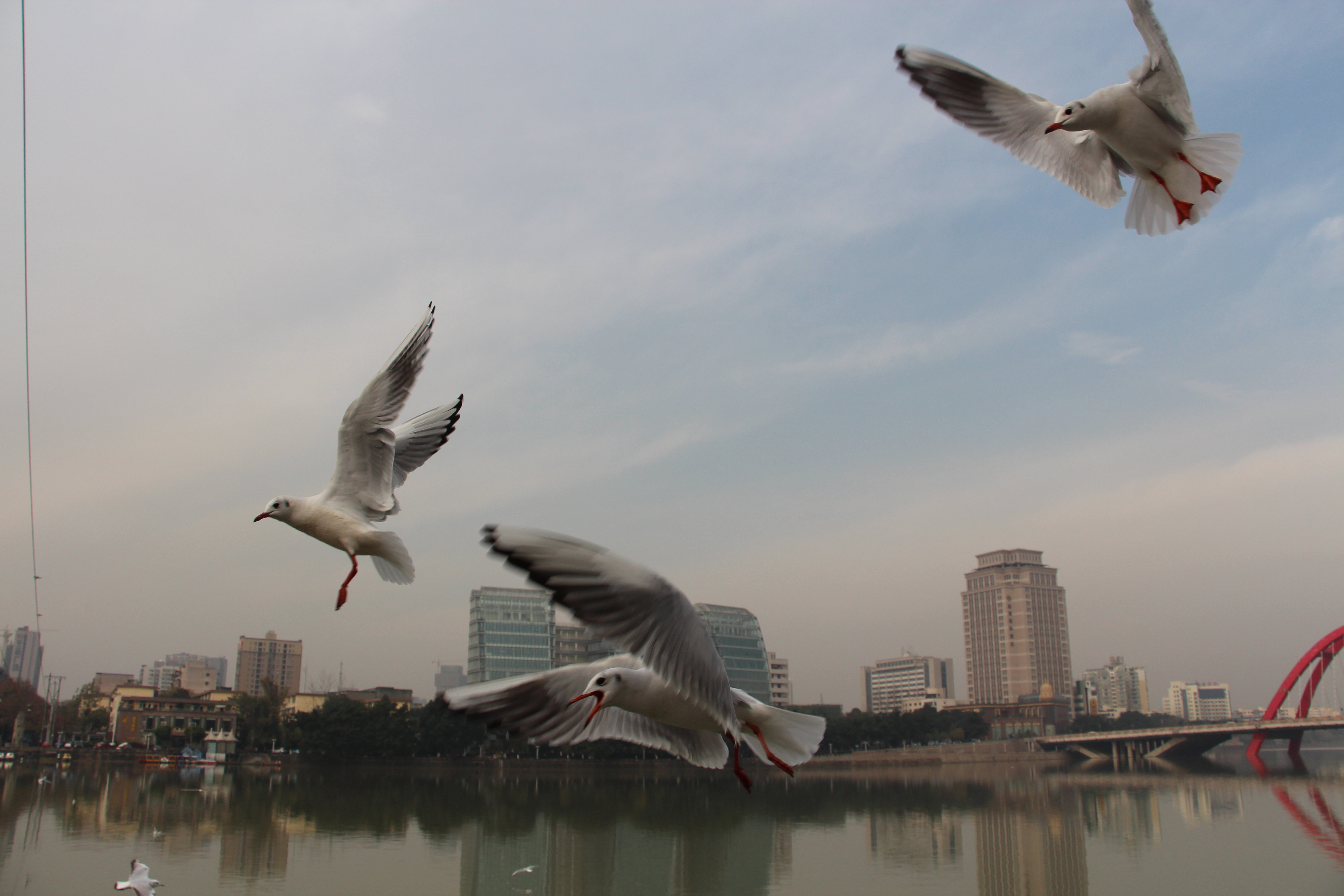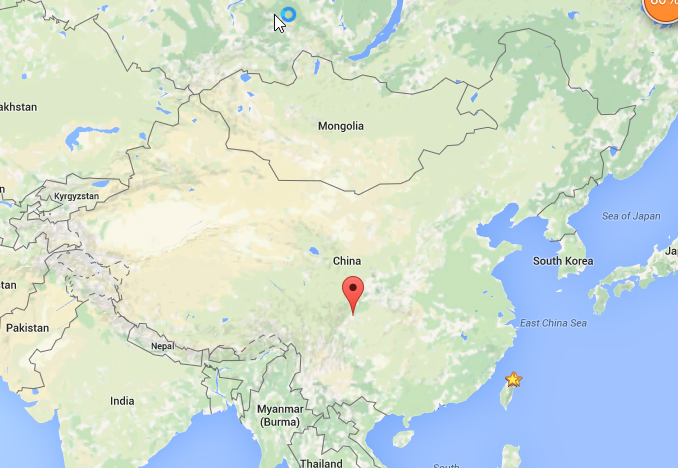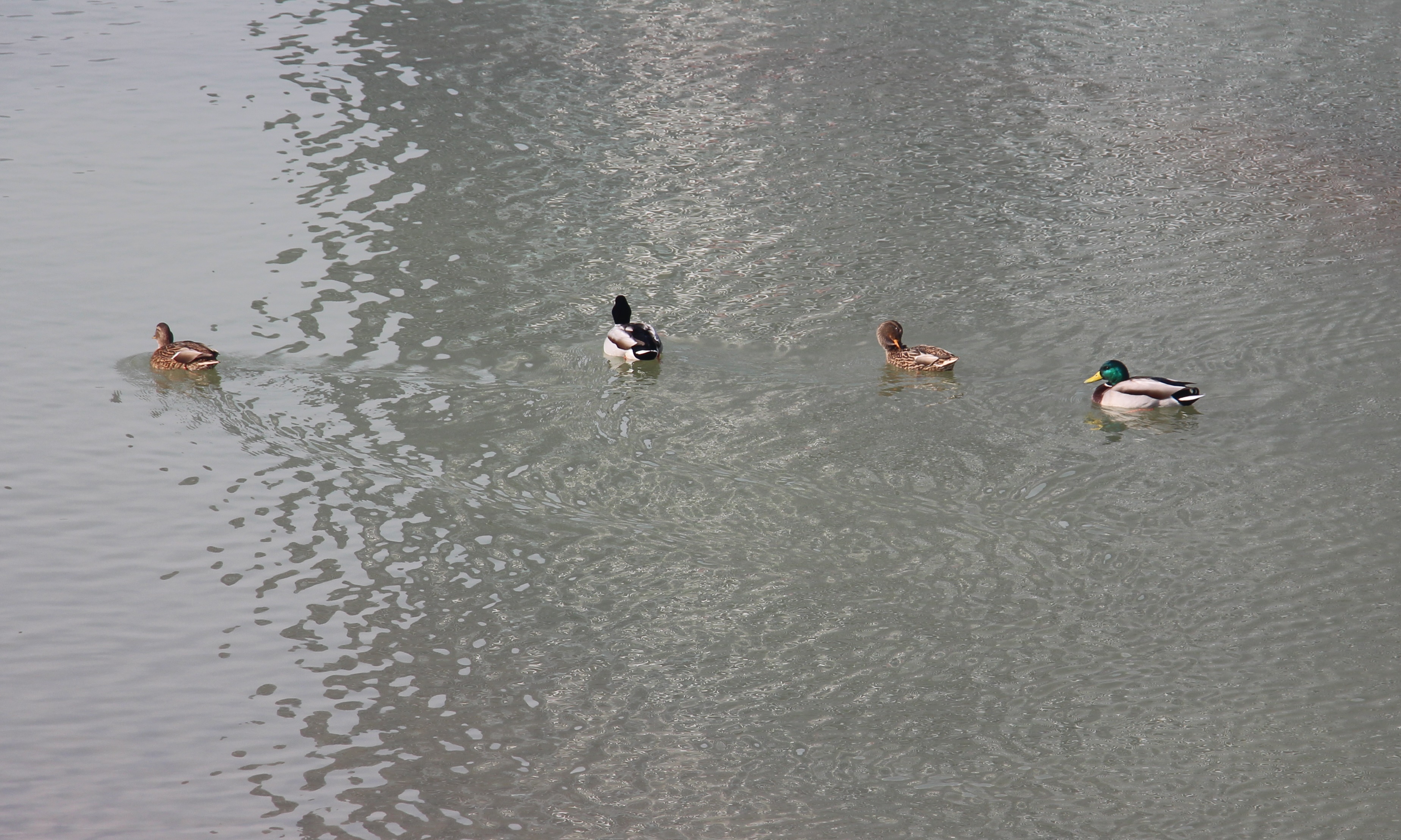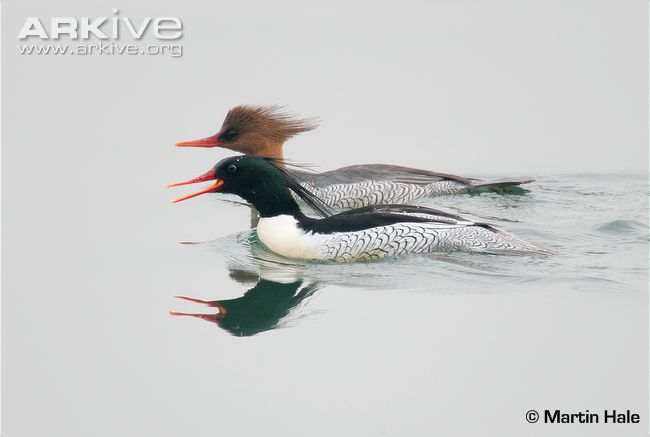At the end of semester, I would just like share with you some interesting about my city. Hope you can relax and enjoy this post. Deyang is in Sichuan Province, southwest of China (Figure 1). It is located in the Chengdu plain, on the bottom of Sichuan Basin. It is a medium sized city, with an area of 5800km2 and a population of 3.9 million people. The metropolitan area is around the size of Singapore (650km2) and the urban with about 1 million people.
Figure 1 Location of Deyang in China, from Google Map
Deyang is one of the national centers for heavy machinery manufacturing. Some of the most renowned factories such as Erzhong Heavy Machinery Company and Dongfang Eletrical Company are operating in Deyang, which makes Deyang the major producer for oil rigs, steel and power generating equipment (including both hydropower and nuclear power) in the country
What is interesting about Deyang is that despite it being one of the most industrialized cities in the region, it is surprisingly clean and green by the national standard. In the center of the city, is an artificial lake, named Jinghu Lake. It used to be a natural river but since 1990s the water level reduced significantly and the flow has become seasonal. As part of urban landscaping, several dams are built to retain the water and Jinghu Lake was therefore created. Now, it is certainly the most beautiful urban park in the city. My house is also nearby the lake and my family always takes a walk around the lake after dinner. Below is a photo I took from my kitchen window (Figure 2).

Figure 2. Jinghu Lake as an urban park
The creation of Jinghu Lake maintains the water level even during dry seasons. The water body and the grassland in some segment of the lake provide ample food for avian species. Over the years, more and more birds fly from Northern China to spend winter in Deyang. Now, there are more than 260 bird species in Deyang, including winter migratory birds, transit birds and resident birds. Some common species of migratory water birds include black headed gull (Larus ridibundus), mallard (Anas platyrhynchos) and little egret (Egretta garzetta). Figure 3 and 4 are photos I took.

Figure 3. Flocks of black-headed gull.
The name of the birds can be misleading because adult black-headed gull actually have a chocolate-brown head in summer. In winter, this brown color fades away and birds have a white head with a dark spot behind the eye. These gregarious birds are usually seen in flocks. They tend to be very daring in terms of interaction of human and are substantially feed by locals.
Figure 4. A group of mallards.
Males are more colorful, possessing a distinctive bottle-green head than the dull brown female. However, female are noisier and makes the well-known ‘quack-quack’ call.
There are also a few very rare species such as Scaly-sided merganser (Mergus squamatus) and black stork (Ciconia nigra), for which both are Class I Nationally Protected Species. Scaly-sided merganser is especially celebrated because of its beautiful look (Figure 5). There are only about 1000 individuals in the wild and it is classified as endangered on IUCN Red List. In 2012, Nigel Marven, a famous BBC narrator, also visited Deyang in hopes to see those mergansers.
Figure 5. Scaly-sided merganser. Photo from http://www.arkive.org/mallard/anas-platyrhynchos/
The great avian diversity has drawn many bird lovers, even including some from overseas, to Deyang. Every winter, there would be plenty of bird watchers with binoculars or telescope lens around Jinghu Lake. In this way, ecotourism also contributed to the local economy.
Locals also love these birds. Bird Lovers Association has been established as a sharing platform as well as a conservation group. They have successfully pushed forward the “Deyang Bird Nest Project” to build artificial nest around the city. In addition, they also give advice on bird-friendly urban landscaping and greening. The general public is involved as well. During winter, lots of residents would bring bread crumbs and left-over rice to the lake and feed the birds. In 2015, the municipal government also invested 40000 RMB (equivalent to about 8500 SGD) to enrich the diet of wild birds by providing them a variety of bird meals. Although I am not sure of the ecological impact of large scale subsidization of birds in the urban area, I still feel positive about those action because if reflect a deep love for the birds. The love can also be translated into wider environmental awareness such as conservation of water resources and the abolition of consumption of wild birds.
However, in my opinion, the public need to know more about the birds. I vividly recall all the birds are either referred as “sea gull” and “wild ducks” by the general public. Probably public signboards can be built around the lake to introduce the species, habitat requirement and conservation concerns.
In conclusion, we have seen how even an industrial city can become the haven for birds and how the process of proper urban landscaping can create conducive habitat for wildlife. Now, birds have gradually become a part of my city and I hope I can continue to see them around in the future.
References:
Birdlife International. (n.d.). Black-headed gull. Retrieved from
http://www.birdlife.org/datazone/speciesfactsheet.php?id=3240
Deyang Public Information Website(德阳市公众信息网). (n.d.). Retrieved April 12, 2016, from http://www.deyang.gov.cn/
Wildscreen Arkive. (n.d.). Mallard. Retrieved from http://www.arkive.org/mallard/anas-platyrhynchos/
Wildscreen Arkive. (n.d.). Scaly-sided merganser. Retrieved from
http://www.arkive.org/scaly-sided-merganser/mergus-squamatus/
Zhu, F. (2013, March). Deyang, birding watching in an industrial city. Chinese National Geography.


